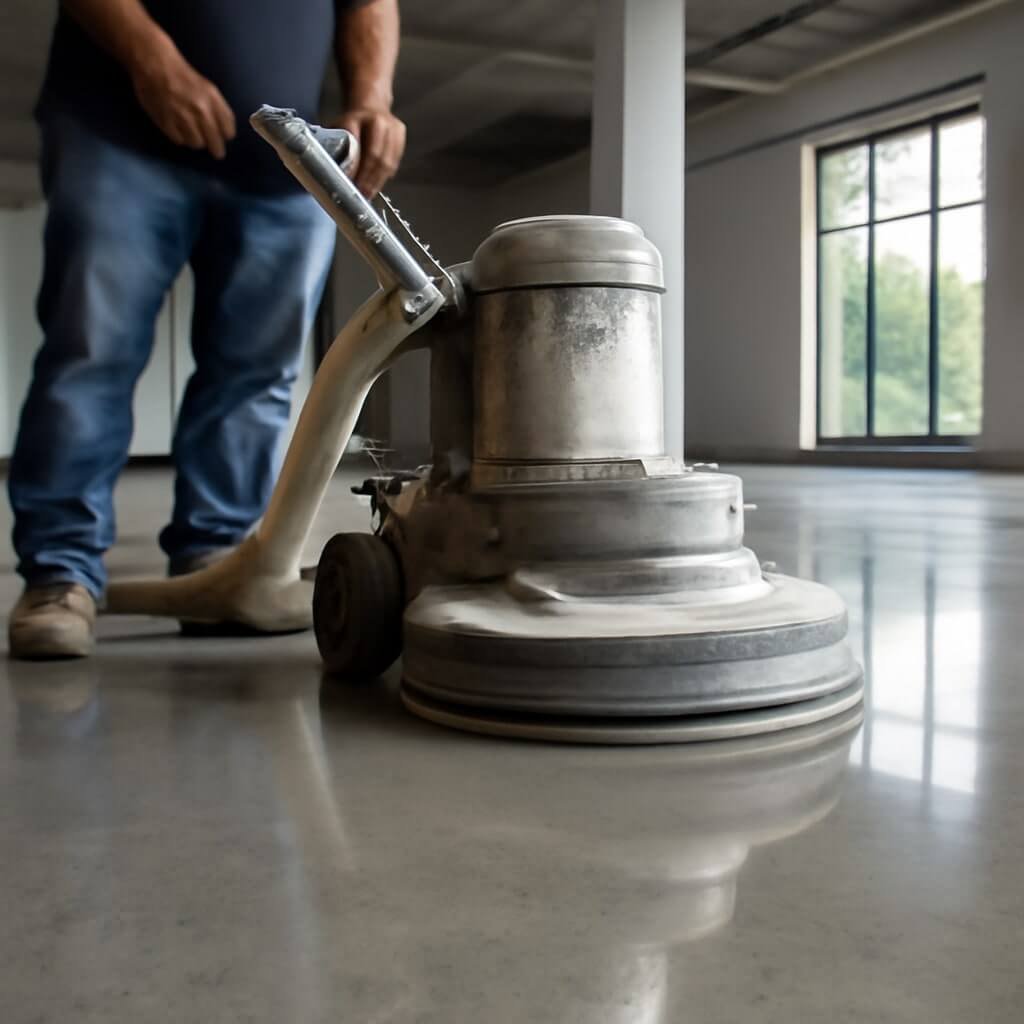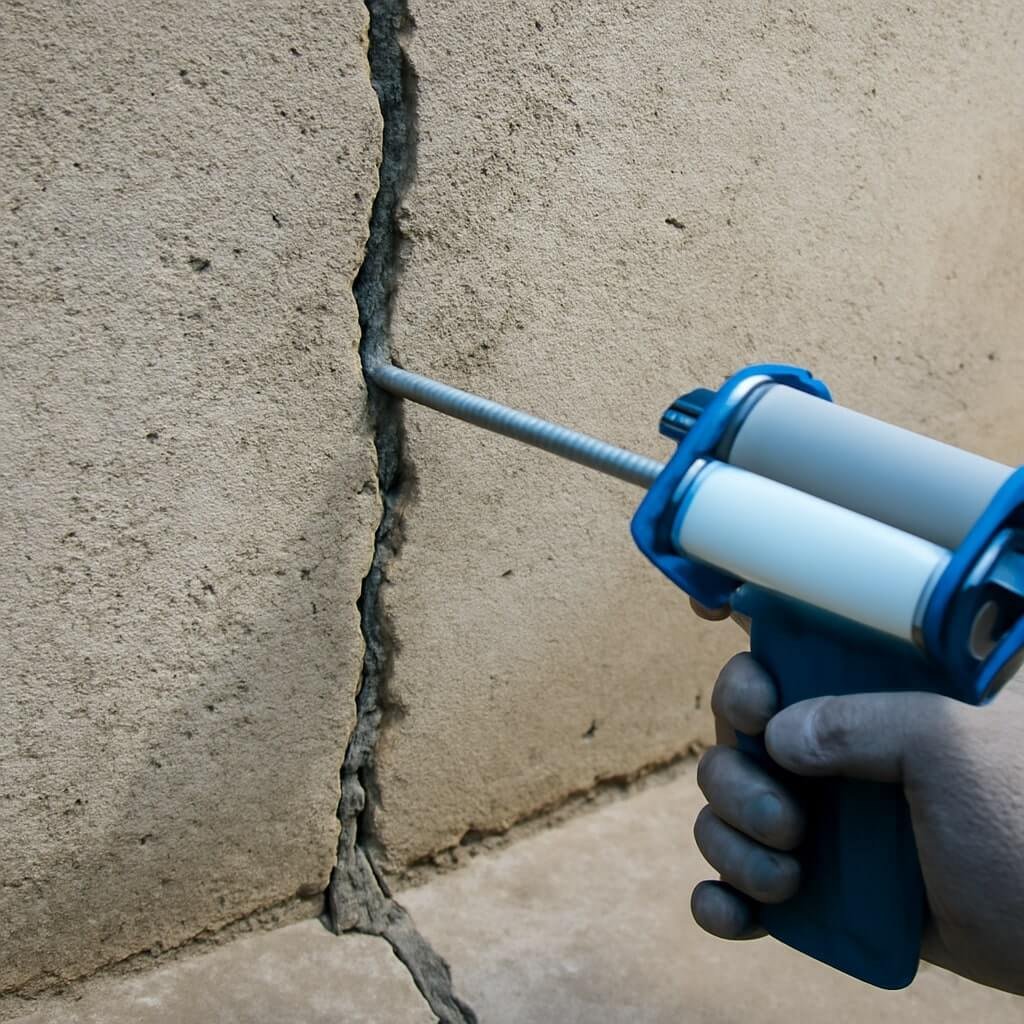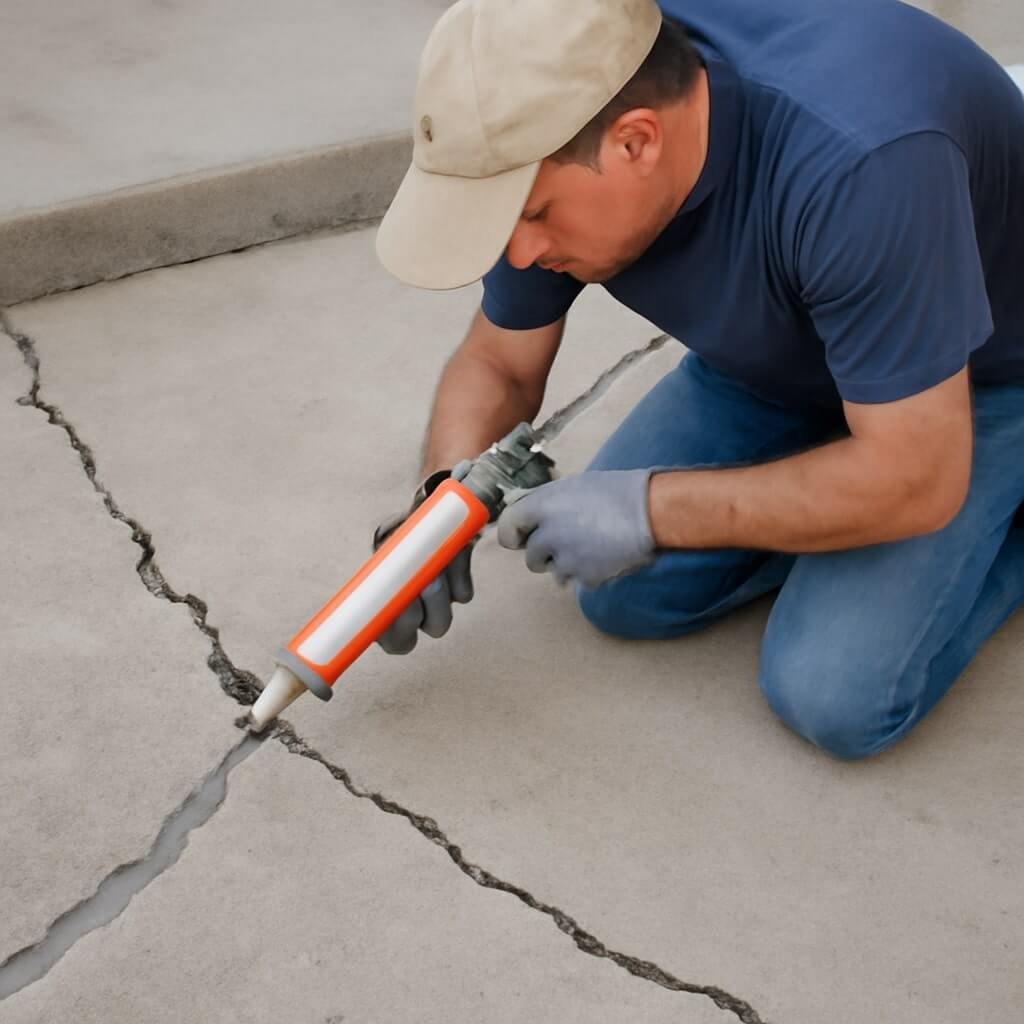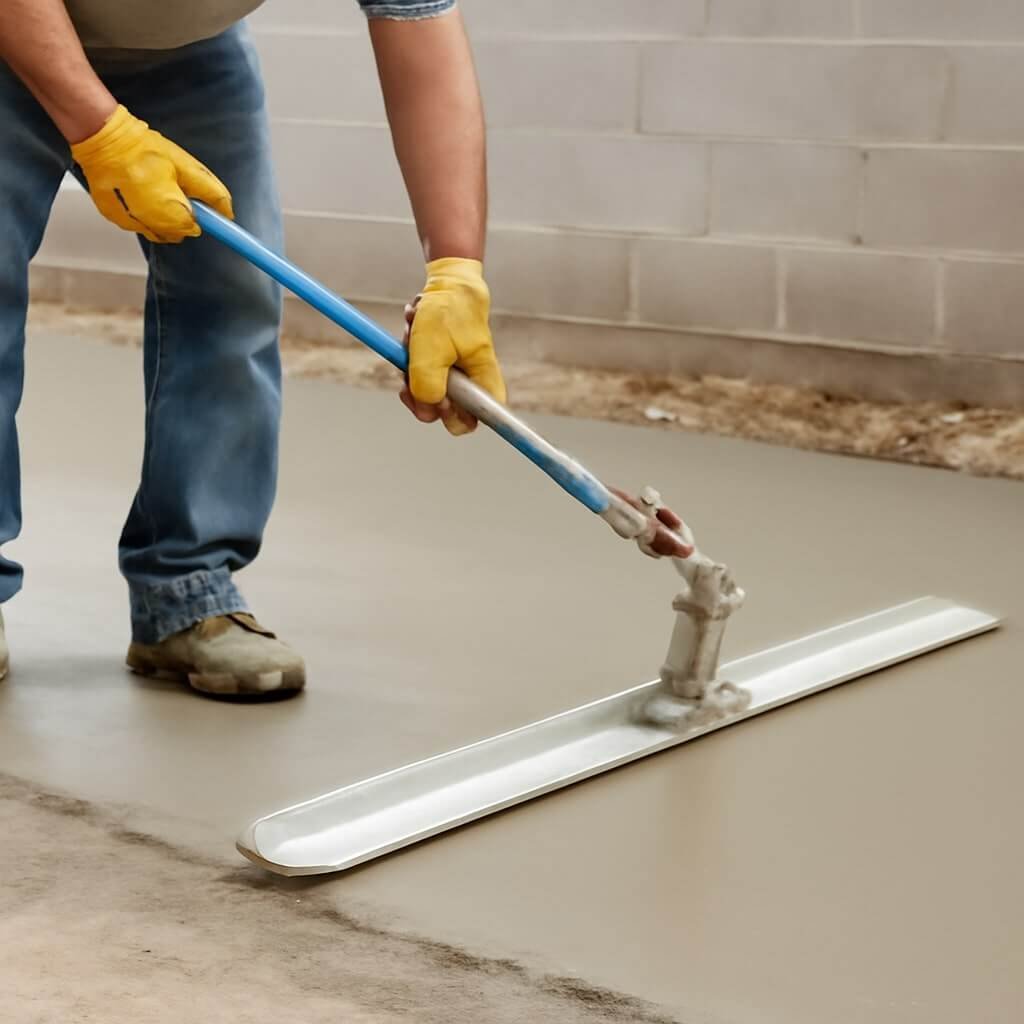Polished concrete is more than just a shiny floor—it’s a sophisticated finishing technique that transforms ordinary concrete into a sleek, durable, and attractive surface. This method involves mechanically grinding and polishing the concrete to reveal a smooth, reflective finish. The process not only enhances the aesthetics but also strengthens the surface, making it resistant to wear and tear.
What is Polished Concrete?
At its core, polished concrete is concrete that has been treated with progressively finer grinding tools, often diamond abrasives, to smooth the surface and expose the aggregates within. This process can range from a low-gloss finish to a mirror-like shine, depending on the intended use and preference.
Types and Uses
Polished concrete is commonly used in commercial spaces such as shopping malls, warehouses, and offices due to its durability and low maintenance. However, its appeal is increasingly recognized in residential settings, offering a modern, minimalist look to living rooms, kitchens, and patios.
Benefits Over Other Surfaces
Compared to tiles, hardwood, or vinyl, polished concrete stands out for several reasons:
- Durability: It withstands heavy foot traffic and resists scratches and stains.
- Low Maintenance: Easy to clean and requires minimal upkeep.
- Eco-Friendly: Utilizes existing concrete slabs without additional materials.
- Cost-Effective: Long-lasting with fewer replacement needs.
Preparing the Concrete Surface
Preparation is crucial for achieving a flawless, polished concrete surface. If the base isn’t properly readied, the final finish will suffer in appearance and longevity.
Cleaning Techniques for Concrete
Before polishing, the concrete must be thoroughly cleaned to remove dirt, grease, and any surface contaminants. Pressure washing and industrial-grade cleaners are often used. For stubborn stains, degreasers or acid etching might be necessary to open up the concrete pores for better adhesion of polishing compounds.
Repairing Cracks and Imperfections
Surface cracks, chips, and holes must be repaired before polishing. Using epoxy or cement-based fillers ensures a smooth, even base. Ignoring these defects can lead to uneven polishing and reduce the surface’s structural integrity.
Moisture Testing
Moisture levels should be checked because excess moisture can lead to polishing failure. Tools like moisture meters help determine if the concrete is dry enough for polishing or if additional drying time or moisture barriers are needed.
Choosing the Right Polishing Equipment
Selecting the proper tools significantly impacts the quality and efficiency of the polishing process.
Overview of Grinders and Polishing Machines
Concrete grinders range from handheld units for small areas to large ride-on machines suitable for extensive flooring. Polishing machines typically come with adjustable speeds and weights to manage pressure during grinding and polishing phases.
Types of Polishing Pads and Their Uses
Diamond polishing pads come in various grit levels, starting from coarse (30-50 grit) for initial grinding to ultra-fine (1500-3000 grit) for the final shine. Selecting the correct grit sequence is essential for removing scratches and achieving a mirror-like finish.
Benefits of Using a Concrete Densifier
A densifier is a chemical hardener applied after grinding to fill pores and increase the surface’s hardness. This process not only enhances durability but also boosts the reflective qualities of the concrete, making the polishing last longer.
Step-by-Step Polishing Process
The polishing journey is methodical and requires patience for the best results.
Grinding the Surface
Start with coarse grinding to level the floor and remove any surface blemishes. This phase uses low grit pads (30-50 grit) to strip off the top layer and expose the aggregates.
Progressive Polishing
Follow up with medium (100-400 grit) and fine (800-1500 grit) polishing pads to smooth out scratches and imperfections left by the previous step. The transition between grits must be smooth to avoid swirl marks.
Applying Densifiers and Sealers
Once polishing reaches the desired gloss, apply a densifier to harden the surface, followed by a sealer to protect against stains and moisture. These coatings also enhance the shine and prolong the floor’s life.
Maintaining Your Polished Concrete
To keep your polished concrete looking pristine, consistent maintenance is key.
Cleaning and Care Tips
Use pH-neutral cleaners to avoid damaging the surface. Avoid harsh chemicals or abrasive scrubbers. Regular dust mopping and occasional wet mopping help maintain the shine.
Repair and Re-Polishing
Over time, high-traffic areas may dull or develop scratches. Re-polishing these spots with finer grit pads restores the surface without needing a complete redo.
Common Mistakes to Avoid
Avoid these pitfalls to ensure your polished concrete remains flawless:
- Skipping Surface Prep: Leads to uneven polish and reduced durability.
- Using Incorrect Grit Pads: Can cause scratches or dull finishes.
- Ignoring Moisture Levels: Results in poor adhesion and premature failure.
- Overusing Sealers: May cause peeling or yellowing.
- Poor Maintenance Leads to stains and surface degradation.
Advantages of Polished Concrete
Polished concrete is not just about looks—it offers tangible benefits:
- Long-lasting and wear-resistant.
- Reflective surfaces reduce lighting costs.
- Hypoallergenic and easy to clean.
- Environmentally sustainable by reusing existing slabs.
Polished Concrete in Different Applications
Residential
From modern kitchens to stylish basements, polished concrete fits a variety of home aesthetics.
Commercial
Ideal for retail stores and offices due to its durability and low maintenance.
Industrial
Withstands heavy machinery and high foot traffic while maintaining a clean look.
Frequently Asked Questions (FAQs)
How long does polished concrete last?
With proper maintenance, polished concrete can last 10-20 years or more.
Is polished concrete slippery?
It can be, but applying a non-slip additive during sealing minimizes risk.
Can I polish existing concrete floors?
Yes, existing slabs can be polished provided they’re structurally sound.
How much does polishing concrete cost?
Costs vary but typically range between $3 to $12 per square foot, depending on condition and finish.
How often should polished concrete be maintained?
Regular cleaning is recommended weekly; re-polishing every 3-5 years, depending on wear.
Are polished concrete floors environmentally friendly?
As they reduce material use and improve energy efficiency.
Conclusion: Achieving the Perfect Polished Concrete Surface
Achieving a polished concrete surface that combines beauty and durability takes careful preparation, the right tools, and expert technique. Following these 20 expert tips will help ensure a flawless finish that lasts for years to come. Whether you’re a homeowner, contractor, or business owner, polished concrete is a versatile, cost-effective, and sustainable choice worth considering.




